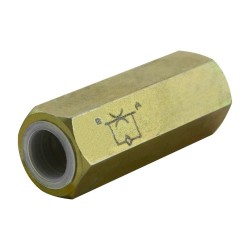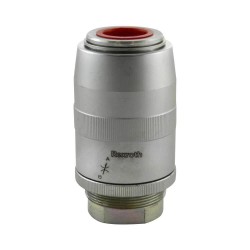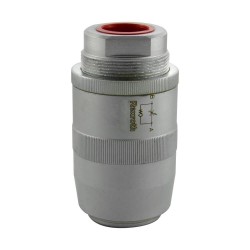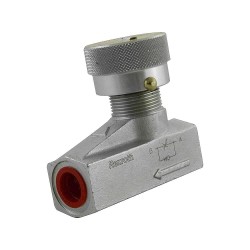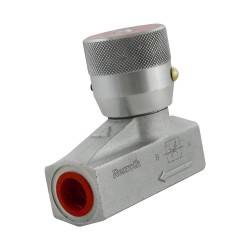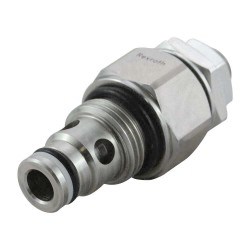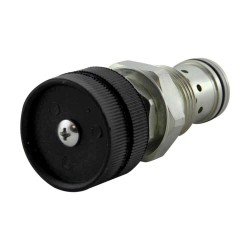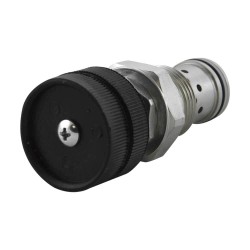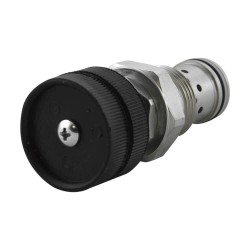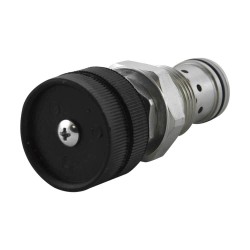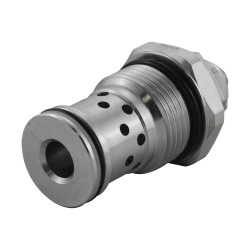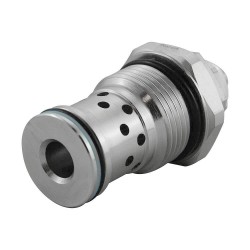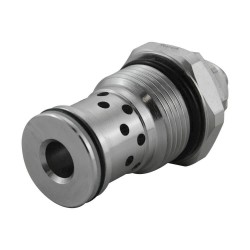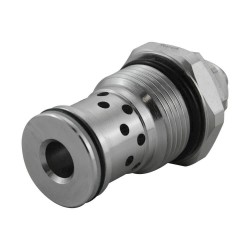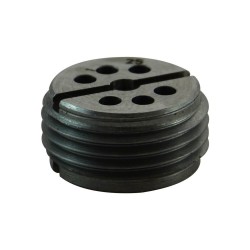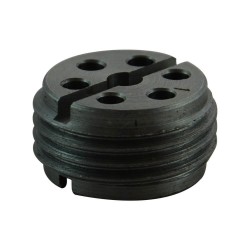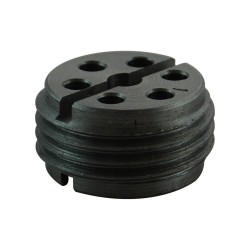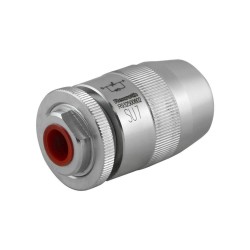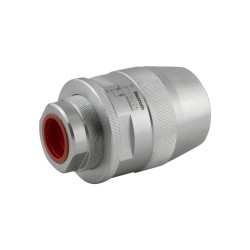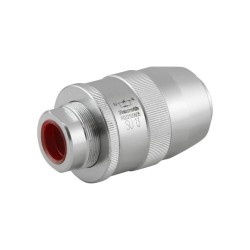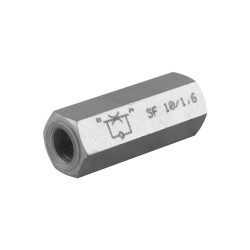Hydraulic Flow Limiters : Definition and Challenges Hydraulic Flow restrictors are a key component in any hydraulic circuit, designed to ensure a constant and precise flow of fluid (usually oil), regardless of pressure fluctuations. As OCGF experts in providing bespoke hydraulic solutions, we explain how to choose and optimize this flow control ...
Hydraulic Flow Limiters : Definition and Challenges
Hydraulic Flow restrictors are a key component in any hydraulic circuit, designed to ensure a constant and precise flow of fluid (usually oil), regardless of pressure fluctuations. As OCGF experts in providing bespoke hydraulic solutions, we explain how to choose and optimize this flow control valve to maximize performance, safety, and the service life of your equipment.
What Is a Hydraulic Flow Limiter?
A hydraulic flow limiter (or flow control valve) enables you to:
Control the speed of hydraulic cylinders and motors
Prevent jerks and hydraulic shocks
Reduce pressure spikes and energy losses
Extend the lifespan of components
Reference standards: Threads and fittings comply with BSP, NPT, or SAE standards, certified to ISO 8434 and SAE J514.
Types of Flow restrictors
1. Fixed Flow Limiter
Operation: Factory-calibrated orifice provides a constant flow regardless of pressure.
Advantages: Robust (few moving parts), lower cost, easy installation.
Disadvantages: No adjustment possible—you must replace the component for a different flow rate.
Typical Uses: Applications with constant flow requirements, such as certain lubrication lines or cooling circuits.
2. Adjustable Flow Limiter
Operation: Manual flow adjustment via screw, knob, or lever.
Advantages: High flexibility, allows on-site testing and adjustment based on load or desired speed.
Disadvantages: Slightly higher cost and installation complexity.
Typical Uses: Mobile machinery (excavators, tractors), evolving systems, variable-speed cylinders.
Unidirectional vs. Bidirectional
Unidirectional: Limits flow in one direction, while return is free via a check valve—ideal for slow lifting and rapid lowering (e.g., excavator arm).
Bidirectional: Controls flow in both directions, with or without a check valve, for alternating movements (double‑acting cylinders, presses, lift tables).
Block‑Mounted Flow Limiter
Some limiters are pre‑installed in hydraulic power units or control blocks:
Space savings and fewer external connections
Reduced leaks, faster installation, optimized design for compact or mobile machines
Selection Criteria
Nominal Pressure (bar) – maximum operating pressure
Maximum Flow (L/min) – the highest flow rate without performance loss
Thread Type – BSP, NPT, or SAE according to your standard
Movement Configuration – unidirectional or bidirectional, check‑valve presence
Practical Applications
Construction Equipment: excavators, tractors, cranes—for precise and safe movements
Industrial Automation: presses, lift tables—for controlled, smooth cycles
Stationary Hydraulic Units: compact modules with reduced connections
Why Choose OCGF?
Global Stock: wide range of fixed, adjustable, unidirectional, bidirectional, and block‑mounted limiters
Secure Payment & Fast Delivery
Tailored Expertise: bespoke mini‑power units and technical advice from our engineers
Contact us today for a free audit of your hydraulic circuit and a quote within 24 hours.
FAQ
Q1. What is the difference between a flow regulator and a flow limiter?
A regulator continuously adjusts flow to match a setpoint, while a limiter caps the maximum flow to protect the circuit.
Q2. How do I maintain a hydraulic flow limiter?
Regularly check fluid cleanliness, replace filters, and inspect fittings for leaks.
Q3. Can I convert a fixed limiter to an adjustable one?
No: you must replace the component. However, an adjustable limiter can often be locked in a fixed position.
Q4. Which thread standard should I choose?

